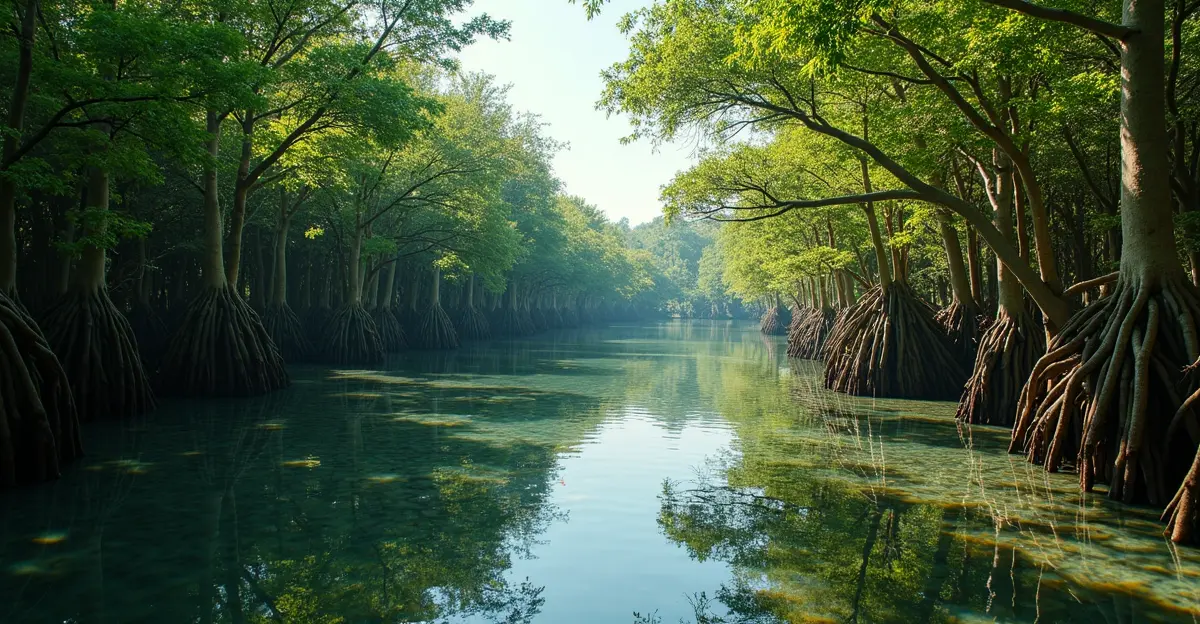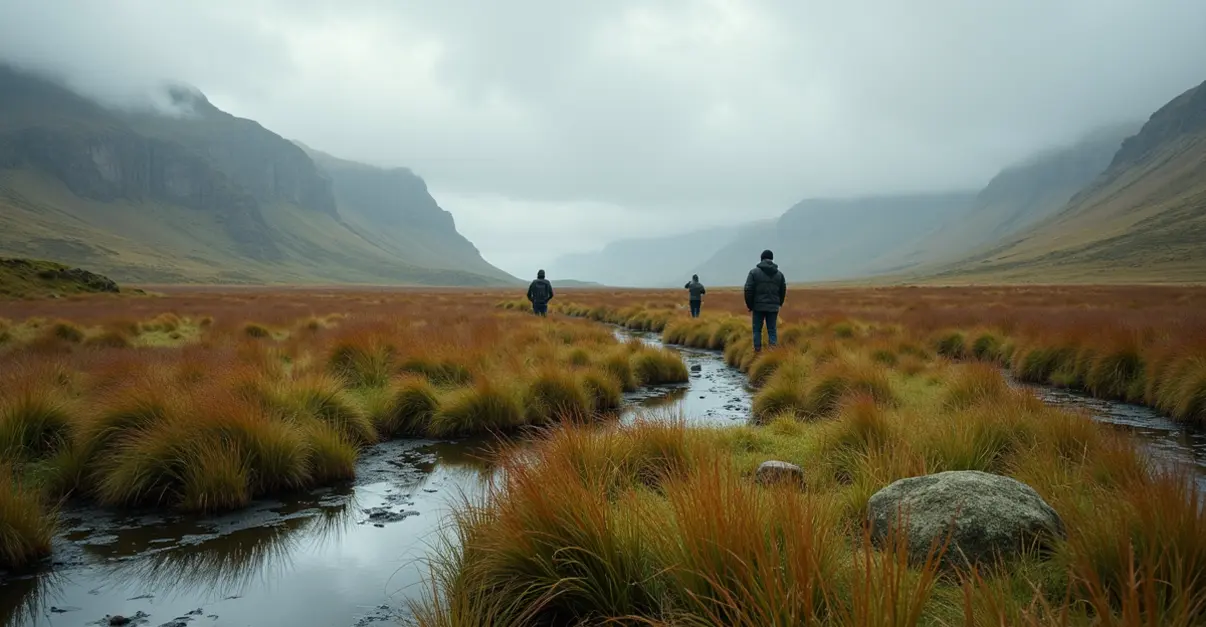New pay-for-success blue carbon credit mechanisms and public-private partnerships are transforming coastal ecosystem restoration funding, shifting from traditional grants to performance-based financing that rewards measurable environmental outcomes.

Revolutionary Pay-for-Success Model Transforms Coastal Restoration Funding
In a groundbreaking development for climate finance, new pay-for-success blue carbon credit mechanisms and public-private partnerships are launching globally, creating unprecedented opportunities for coastal ecosystem restoration. These innovative financing models represent a fundamental shift from traditional grant-based approaches to performance-based funding that rewards measurable environmental outcomes.
The Blue Carbon Opportunity
Blue carbon ecosystems - mangroves, seagrass beds, and salt marshes - represent one of nature's most powerful climate solutions. According to the World Bank's Blue Carbon Readiness Framework, restoring just one hectare of mangroves stores five times more carbon than terrestrial forests. 'These ecosystems are nature's unsung heroes in the climate fight,' says Dr. Maria Rodriguez, a marine ecologist at the University of California. 'They not only sequester massive amounts of carbon but also protect coastlines, support fisheries, and preserve biodiversity.'
Pay-for-Success Financing Model
The pay-for-success (PFS) model, also known as Social Impact Bonds, represents a revolutionary approach to environmental finance. As detailed by the Environmental Policy Innovation Center, this model shifts financial risk from governments to private investors, who only receive returns if predetermined environmental outcomes are achieved. 'This changes everything,' explains John Peterson, CEO of Blue Carbon Ventures. 'Instead of paying for activities, we're paying for results - actual carbon sequestration, measurable biodiversity improvements, and verified coastal protection benefits.'
Public-Private Partnerships Driving Innovation
Major public-private partnerships are emerging as key drivers of blue carbon restoration. The Blue Carbon Plus initiative launched by The Nature Conservancy and Conservation International aims to develop financially profitable business models that integrate coastal habitat conservation into local economies. 'We're creating win-win scenarios where conservation becomes economically viable,' says Sarah Chen, Director of Climate Finance at Conservation International. 'Communities benefit from job creation and coastal protection, while investors earn returns from verified carbon credits.'
Global Implementation and Success Stories
Several countries are already implementing these innovative financing mechanisms. Maryland's Clean Water Commerce Program allocates $20 million annually for nitrogen reduction through performance-based contracts, while Pennsylvania's Clean Water Procurement Program commits $22.5 million for nutrient reductions. 'The results speak for themselves,' notes environmental economist Dr. Robert Kim. 'We're seeing restoration projects completed in half the time at 60% of traditional costs. This isn't just incremental improvement - it's transformational change.'
Challenges and Future Outlook
Despite the promise, challenges remain in scaling these mechanisms. Standardizing carbon measurement methodologies, ensuring equitable benefit sharing with local communities, and developing robust verification systems are critical hurdles. However, the NDC Partnership's Blue Carbon Framework provides comprehensive guidance for countries implementing these approaches.
The potential impact is staggering. Preventing seagrass degradation alone could save 650 million tons of CO2 annually - equivalent to global shipping emissions. With over 50% of salt marshes lost in the 20th century and 35% of mangroves destroyed by deforestation, the urgency for restoration has never been greater.
Looking Ahead
As these financing mechanisms mature, experts predict they could unlock billions in private capital for coastal restoration. 'We're at the beginning of a blue carbon revolution,' concludes climate finance expert Amanda Foster. 'These innovative funding models are proving that environmental protection and economic prosperity can go hand in hand. The future of coastal conservation looks brighter than ever.'

 Nederlands
Nederlands
 English
English
 Deutsch
Deutsch
 Français
Français
 Español
Español
 Português
Português









